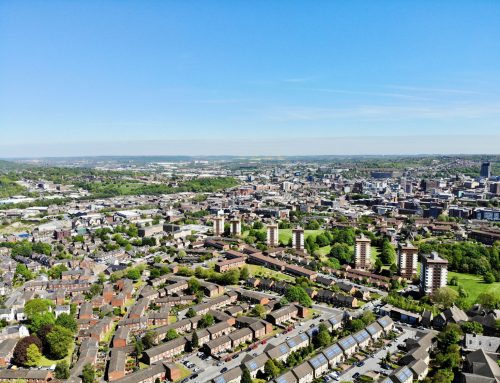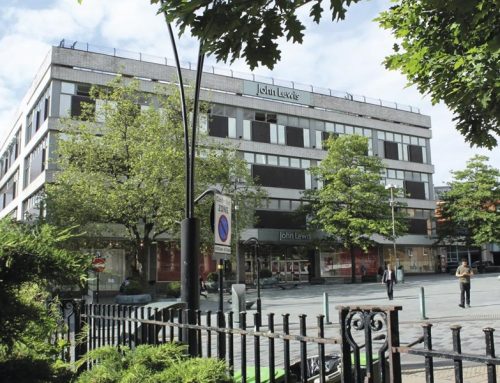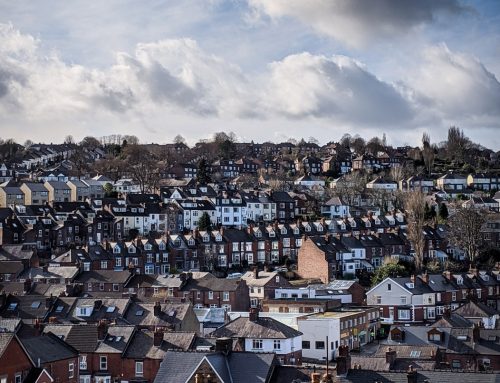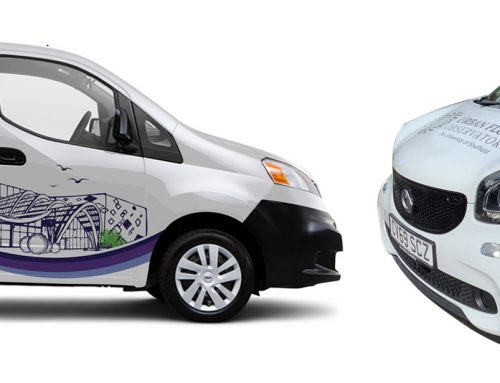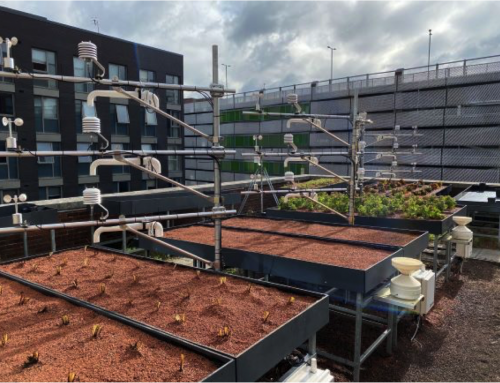Our latest blogs have been focused on some of the different things we’ve been working on in the Urban Flows Observatory. In this one, we’re going to tell you about the wider UK network of Urban Observatories that we’re a part of – and why this a good thing.
Urban Flows Observatory and UKCRIC
In our first blog we mentioned that we’re part of UKCRIC, a national collaboration of Universities. Well, what exactly is UKCRIC you ask? It stands for the UK Collaboratorium for Research on Infrastructure and Cities, founded by fourteen Universities to collaborate and create world-class national infrastructure research capabilities. There are three key strands to the work, brought together by a coordination node. The coordination node is the hub of the University network, with managing members from UCL, the Universities of Southampton, Birmingham and Cranfield.
The Observatories are one of the key strands, along with laboratories and modelling. To briefly explain the other two strands… The labs deliver innovative solutions to meet city, national and international needs. They are spread nationwide across the Universities, to research the science, technology and engineering of various infrastructure elements. The modelling on the other hand is the experimental aspect. It’s a computational way of carrying out ‘what if’ scenarios on large scale solutions at national, regional and city level. Modelling reduces the risk of proposed investments by giving prior insight into possible futures and suggesting where value and benefit can be realised.
The experimental environments can be validated by both lab testing and with data from the observatories and so the three strands come together.
You can find out more about UKCRIC’s vision, structure and leadership via their dedicated website.
The First Phase of Observatories
Here at Urban Flows we were one of the three first phase observatories, alongside Newcastle University and the University of Bristol. Three second phase observatories will come online next year, at the Universities of Manchester, Cranfield and Birmingham. As a network of Universities and Cities we’re already working together on some common research areas, examples of which include:
- Urban Data Architectures – how do we most effectively collect, store and analyse big datasets?
- Internet of Things Communication systems – how do we transfer our sensor data quickly and securely to our storage servers?
- How do we design and test inventions in a city?
- How do we ensure reproducibility and comparison of datasets within and between cities?
The Benefits of a Network
Not only does working in a network give us a bigger pool of minds, different skills and expertise, but it also means we can explore how broad city challenges vary and are contextualised by place. There are a couple of different examples we can highlight to show where a Network of Observatories comes into its own.
Air Quality
This is an area of interest for all the observatories, and indeed cities. As a network of observatories, we can test and compare different deployment approaches, including:
- Network Density – i.e. the distance between different sensors to give a good understanding of air quality distribution across the city. The answer will vary as a function of pollution sources, wind speeds, ground topography and city morphology, meaning some cities may have a different answer to others. Comparing results where deployment densities in two different cities are similar will help us understand this.
- Sensor Types – as discussed in our Air Quality blog there are a wide range of different sensor types, and cost. As a network we can learn from each other, helping to inform our procurement and sensor specifications.
- Deployment Height and Location – local context will also influence results, and more sensors deployed across 6 observatories means a wider sample size for comparison e.g. how much does a measurement change if a sensor is deployed at 2.5m or 3m – is it enough to worry about? Mobius, will also help here as we’ll be able to take different height measurements at the same location – and this could be done across several different observatories.
Transport
A second common challenge across cities and urban areas is transport. We can use observatories to understand usage patterns and trial interventions such as testing car free zones, charging areas, free public transport initiatives and more. By working together as a network we could test a different intervention per University, measure the impact and from that try to determine which the most effective intervention is. To corroborate the theory, the chosen solution would then be trialled in stages throughout the remainder of the network of cities.
Weather Station Deployment
Whilst similar to Air Quality, we would use Weather Station Deployment to help us understand the Urban Heat Island of each city at a much higher resolution. Looking at different densities, topography and other variables of human activities is of great interest as to why the urban area is significantly warmer than surrounding rural areas.
Shared Equipment
With the observatories working in partnership we can access so much more equipment as a group than as individuals. Urban Flows is leading on the specification and procurement of a shared resource known as MARVEL, a Multi-spectral Advanced Research VEhicLe. This gives the capabilities of LiDAR, thermal, visual and hyper-spectral mapping. At £400,000 worth of kit, it’s a far better use of budget to share as a network than purchase multiple times.
Observatories Around the World
We’ve described just a few brief examples of many common challenges that we can tackle better as a UK network than a single observatory in isolation.
We’re also in contact with a growing number of observatories internationally, to share and learn from best practice across the globe, with the aim that together we can gather and analyse data which make our cities, healthier, happier places to live and work.
Author: Danielle Densley Tingley, Director, Sheffield Urban Flows Observatory


